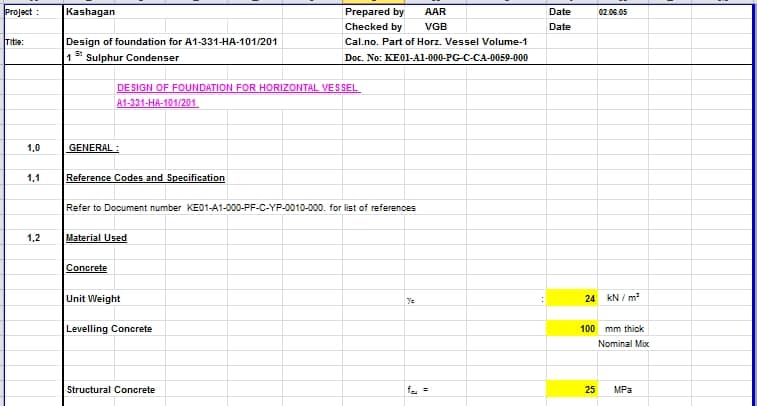
This section primarily presents paintings from the Ryukyuan early modern period (1609–1879). Surviving examples and prewar photographs, however, tell us of the superb artistic and technical mastery of the kingdom’s painters.
Treasured vessels foundation mission statement full#
Many paintings from the Ryukyu Kingdom were damaged or destroyed during World War II, leaving a full portrait of Ryukyuan achievements in painting shrouded in mystery. This section offers a view of what those splendid weaving and dyeing techniques created: the Ryukyu Kingdom’s beautiful world of color and design.

Design sketches for the woven and dyed motifs were created by artists at the Kaizuri-bugyosho (‘Shell-polishing Office’), a royal facility in the capital, Shuri, responsible for producing superb art and craft objects. Garments for members of the royal family and the aristocracy were made of textiles held to rigorous standards. These techniques were used meticulously to create a variety of woven fabrics.

Among the many types are kasuri (ikat) textiles, in which the yarns are resist-dyed before weaving to create geometric motifs, and hanaori, a floating weave brocade in which floating weft yarns create motifs. Ryukyu textiles also use weaving techniques transmitted from China and Southeast Asia. Motifs from the Asian mainland, including the phoenix, dragon, and peony, are combined with characteristically Japanese designs such as pine, cherry, and plum trees, expressed in vivid colors. The core technique in bingata dyeing is stencil resist dyeing, using paper stencils to produce the motifs that decorate these fabrics. In the art of dyeing, Ryukyu is known for the bingata dyed garments worn primarily by members of the royal family and the aristocracy. The beautiful result came to symbolize the Ryukyu Kingdom. Ryukyu weaving and dyeing established while adopting techniques and materials from other East Asian nations.

The Ryukyu Kingdom developed its distinctive culture through maritime trade.


 0 kommentar(er)
0 kommentar(er)
